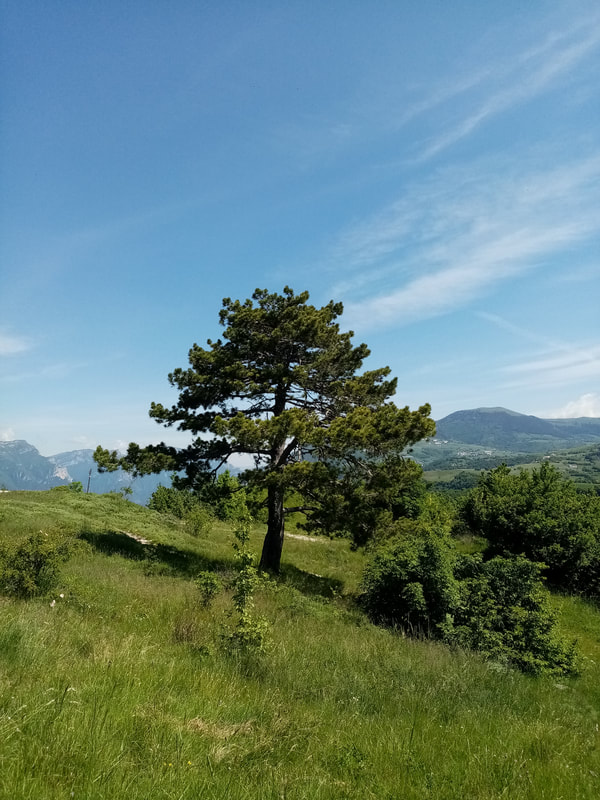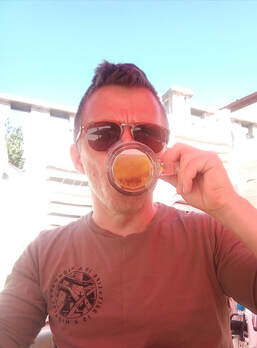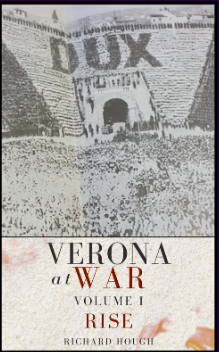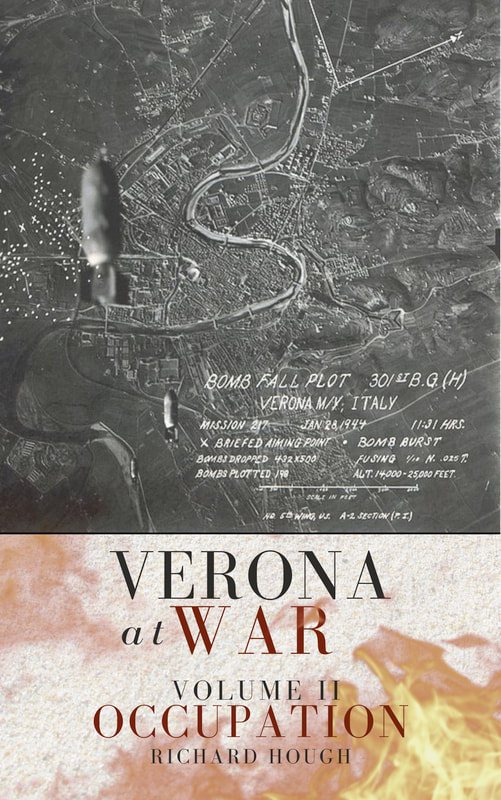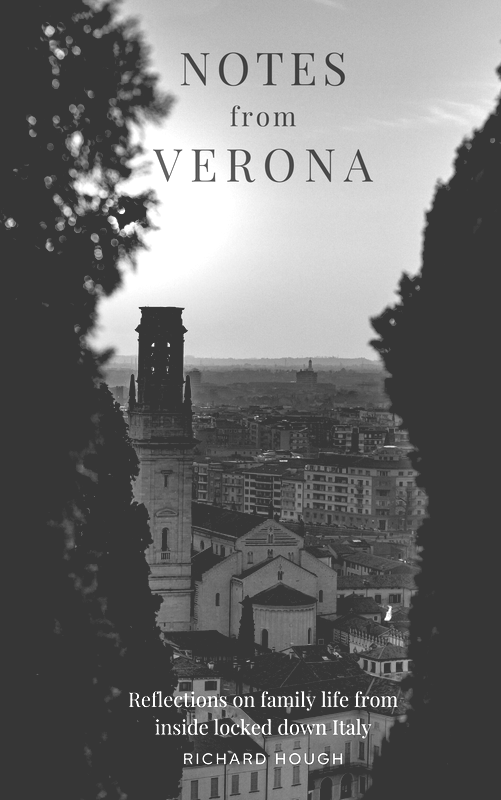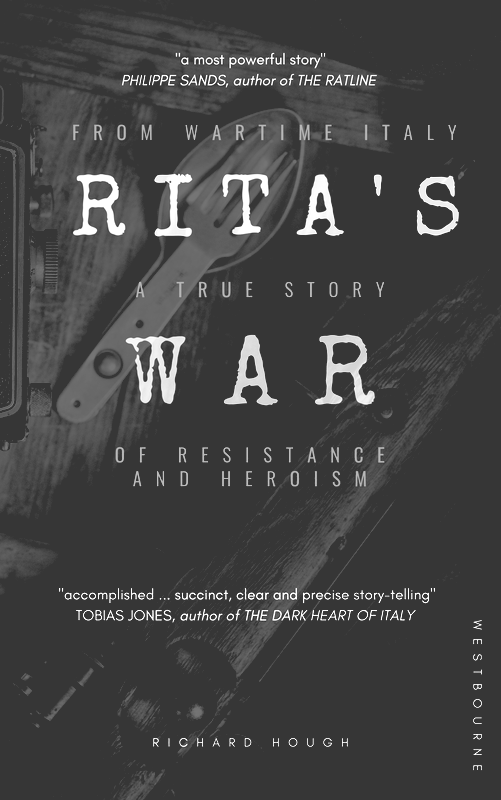|
In recognition of San Zeno, the city’s patron saint, Thursday was a local holiday in Verona. With no school or work commitments, and finally allowed out beyond our immediate neighbourhood, we set off with a renewed sense of freedom for a day trip in the hills above Valpolicella, a renowned local wine-making region, second only to Chianti in its number of DOC designations. As this was our first proper excursion since that frenetic overnight trip to Tuscany two and a half months ago, we were determined to get this right. In normal circumstances, we would have travelled to the eastern shore of Lake Garda – to Bardolino, Lazise or Garda for lunch and a lake front passeggiata, but, anxious to avoid the flocks of people who I imagined were having the same idea and, after nearly three months confined to close quarters, keen to explore somewhere new, we set our sights on Breonio, a remote village in the most northerly part of the Verona region. At 850 metres above sea level, it is an ideal base for exploring the high Valpolicella area and the western ridges of Lessinia natural park. Before we set off, a few words about San Zeno, in whose name we were enjoying this day of leisure. Born in the 4th century, it is thought that Zeno was a native of Mauretania (present day north Africa) and is said to have introduced countless African children to the joys of Catholicism. At some point he entered the monastery in Verona and was subsequently elected bishop of the city. In religious iconography, Zeno is often represented with fishing rod or tackle. One day while fishing on the banks of the River Adige, Zeno saw a peasant crossing the river with a horse and cart. While crossing the river, the horses began to panic. Zeno, believing it to be the work of the devil, made the sign of the cross and the horses miraculously calmed to complete the crossing. Zeno was responsible for building Verona’s first cathedral, situated on the site currently occupied by the present-day cathedral that bears his name, which dates to the early 9th century. His remains, which are to be found in the crypt of the cathedral, are the focal point of the annual Festa di San Zeno, five days of music, sport and local cuisine, one of many local cultural events cancelled this year. The 40-minute drive from Verona to the village of Breonio took us west towards Parona and Arbizzano, then north through San Pietro in Cariano and Fumane, before climbing up towards Manune and Molina. This is the heart of the Valpolicella wine producing region and I have never seen the vineyards looking so green, lush and verdant. The 2020 harvest could be one to savour! For those of you not familiar with the wines of the region, Valpolicella is home to several distinctive types of red wine, the most notable of which are the Valpolicella Classico or Superiore, Valpolicella Ripasso and Amarone. They are generally made from three grape varieties: Corvina Veronese, Rondinella and Molinara. The basic Valpolicella (Classico or Superiore) is a light, fragrant table wine with distinctive cherry notes. The Classico is made from grapes grown in the original Valpolicella production zone, while the Superiore is aged at least one year and has an alcohol content of at least 12 percent. Ripasso (which means “repassed”) is a relatively new addition to the market. To produce this wine, the pomace (the leftover mush after the grapes have been crushed) from the fermentation of recioto (the local dessert wine) and Amarone (see below) are added to a batch of basic Valpolicella wine for a period of extended maceration (infusion). This process boosts the alcohol level and increases the complexity, flavour and colour of the resultant wine. In the interests of research, I opened a bottle last night and can confirm that, in addition to the distinctive cherry flavour, there was also a strong note of vanilla. The Amarone is the most prestigious wine produced in Valpolicella (see also Amarone: The King of Wines). Strong and full-bodied but velvety smooth, grapes grown for Amarone are the last to be harvested in Valpolicella. Once harvested, they are kept in special drying rooms for three or four months, during which time they shrivel like raisins. The resultant wine is then aged for upwards of five years in large oak barrels, producing a unique, complex dark wine. Perfect for a late-night autumnal supper with walnuts and parmesan cheese! Leaving the sprawling vineyards below us, in less than an hour we were passing by the Antica Chiesa dei Santi Marziale e Giovanni in Breonio and parking at the Albergo Ristorante Breonio. I was not disappointed by my first impressions of the village. Peaceful and pretty, there were also clear signs that in normal times it would have been a hive of activity on a weekend like this. Not today though. We enjoyed a coffee in the hotel’s expansive courtyard before heading off in search of the starting point for our days hike. It didn’t take us too long to find the sign post that marked the beginning of footpath that we would follow (route 240). Almost immediately we found ourselves engaged in an exhilarating climb to Monte Crocetta, a cross overlooking the village that was erected in 1933 to celebrate the Catholic jubilee of that year. At 955 metres above sea level, the views to Lake Garda and beyond were breathtaking. We then followed a high ridge that passed some caves that had formed part of a World War I trench complex. With one or two detours along the way and stopping for picnic lunch and various snack breaks, we encountered caves, forests, ridges, pastures, fields of wildflowers, forestry tracks, stunning views and abundant bird and insect life. It was an ideal route for the all the family. Even better, the warm welcome and cold beer when we eventually arrived back at the hotel bar where we’d parked the car. I've downed a few beers in my time, but that one will take some beating! With lockdown over we are determined to get out and explore more. In Breonio we found the perfect starting place. Cheers! |
AboutRichard Hough writes about history, football, wine, whisky, culture + travel and is currently working on a trilogy about wartime Verona.
|
